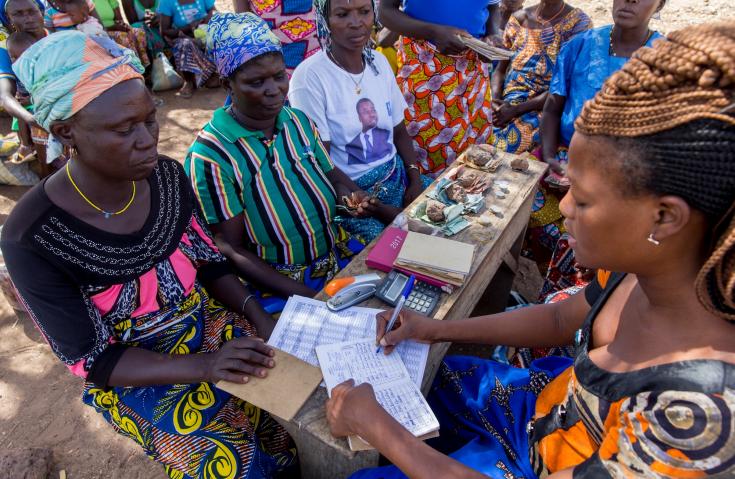
Finance
-
Microfinance: Issue 3
-
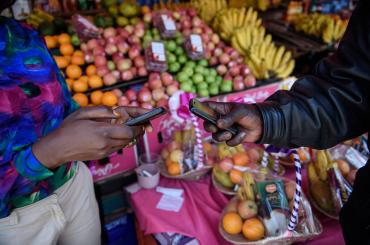
Mobile Money: Issue 2
-
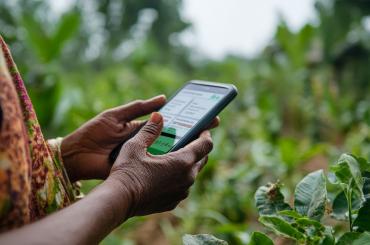
Expanding mobile internet fueled a financial transition in Rwanda
Mobile connectivity improves access to land, enabling individuals to use land titles as collateral for bank credit and invest in construction.
-
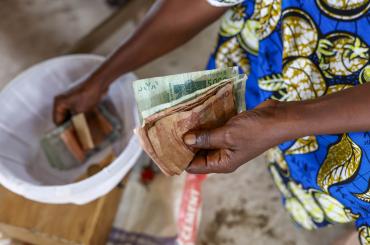
What have we learned about microfinance?
Evidence from a range of contexts has shown that while microfinance does not have transformative impacts on lifting people out of poverty, it can greatly benefit specific borrowers such as experienced entrepreneurs.
-

Better financial contracts can unlock business growth in Kenya
Flexible financing for ‘last-mile’ distributors boosted profits across a food supply chain in Kenya.
-

Can digital humanitarian aid reach vulnerable populations in fragile states?
Evidence from Taliban-controlled Afghanistan shows that digital aid is a cost-effective, credible, and efficient way to reach vulnerable populations, in this case poor, tech-illiterate, female-headed households, in fragile states.
-

Empowering women through digital financial services
Increasing women’s use of a digital financial service in Tanzania, mobile money, empowered women and led to improvements in women’s control over their finances.
-

Financial access boosted labour market outcomes in Brazil
Access to vehicle financing in Brazil improved mobility and generated large returns (12-15% per year) through improved labour market outcomes
-
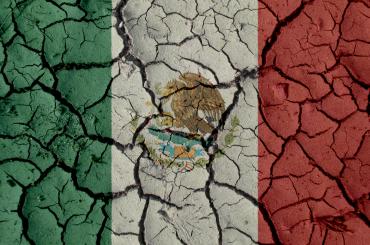
Heatwaves ripple into the financial system
Evidence from Mexico shows that extreme heat leads to increased delinquency rates, particularly among small and medium-sized enterprises. Policy must address these risks, coupling climate resilience with enhanced credit access for vulnerable firms.
